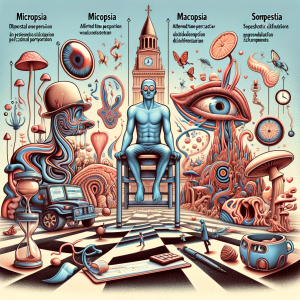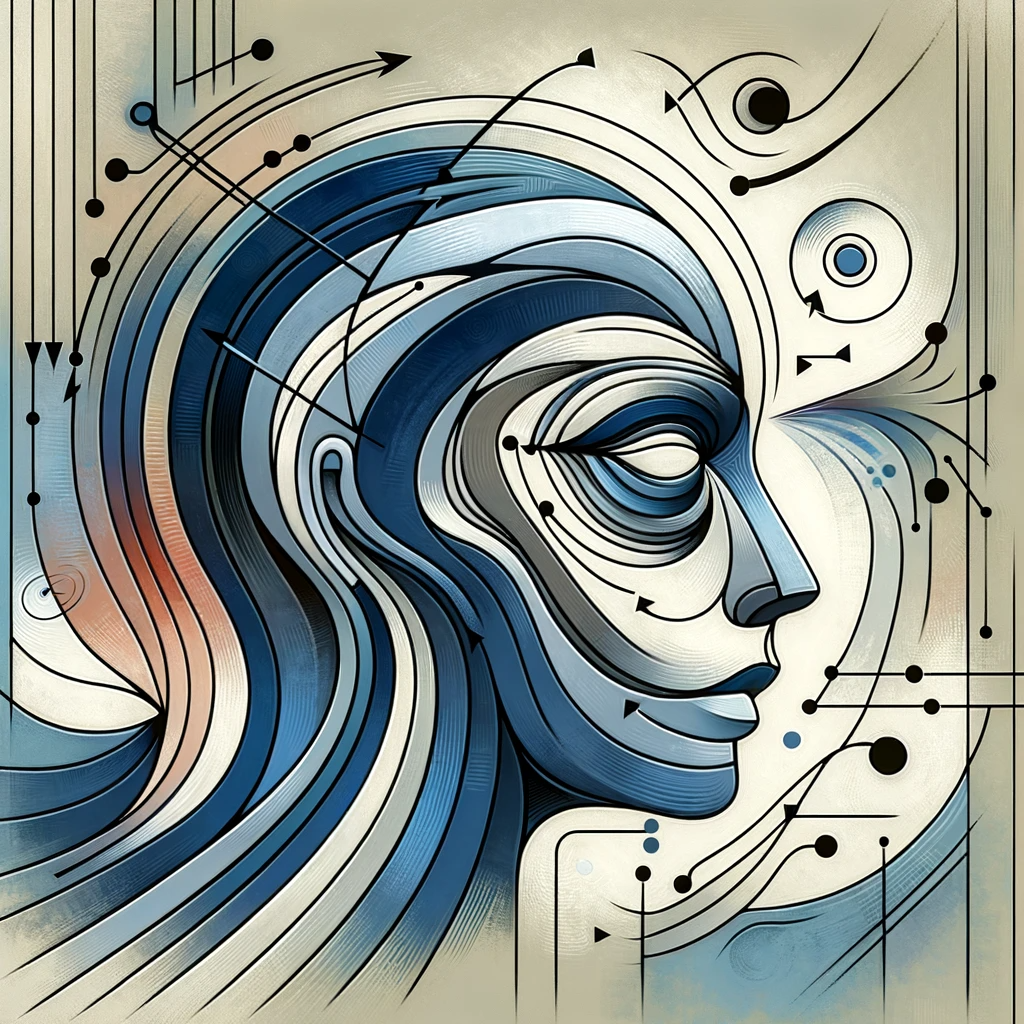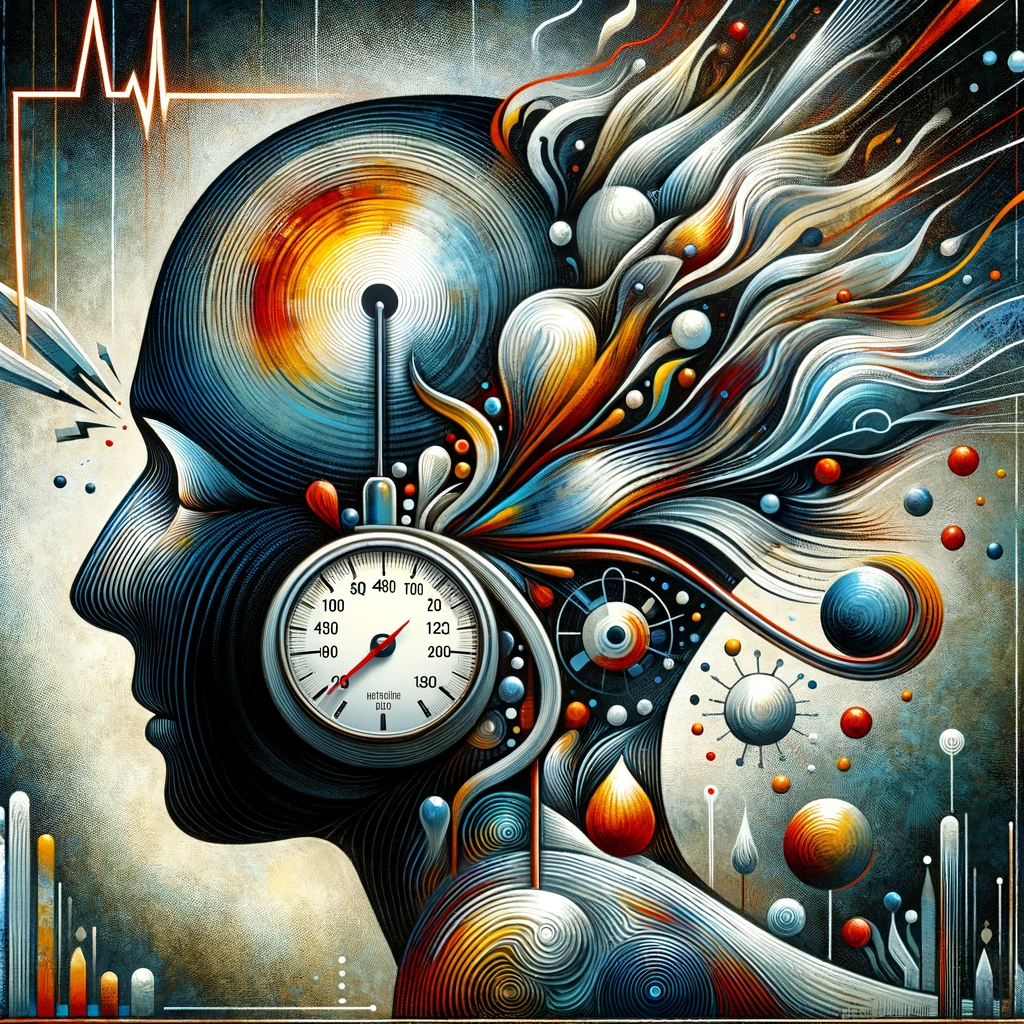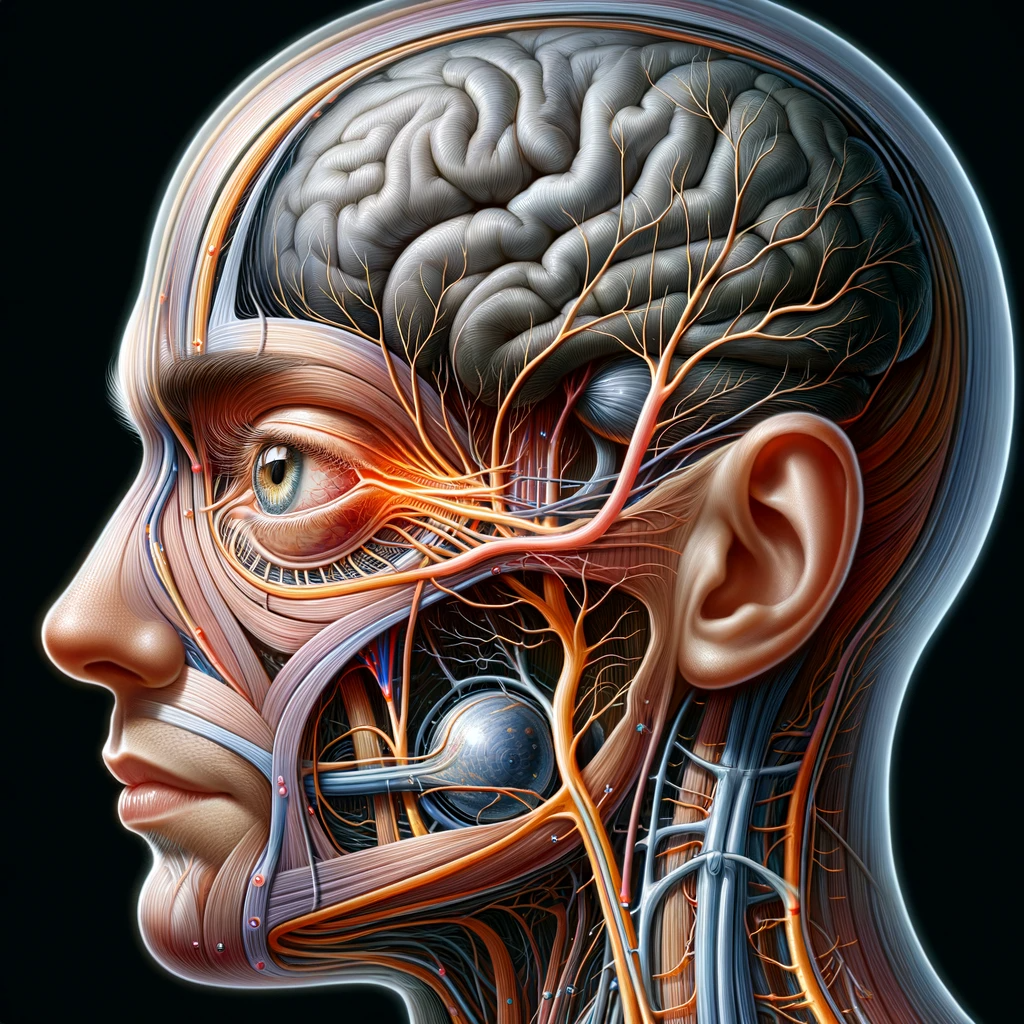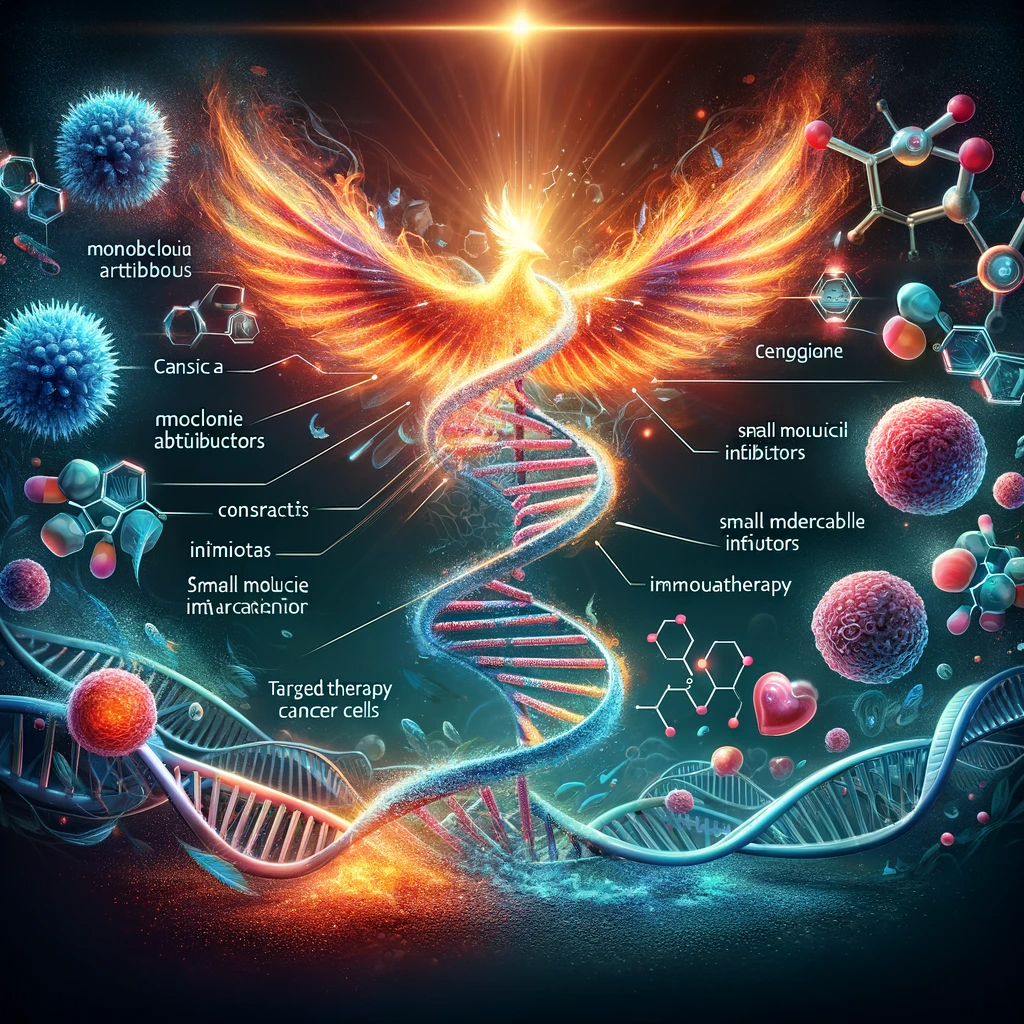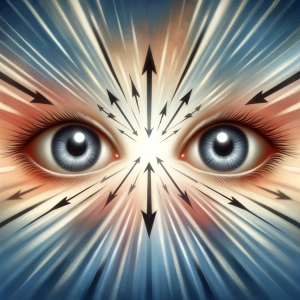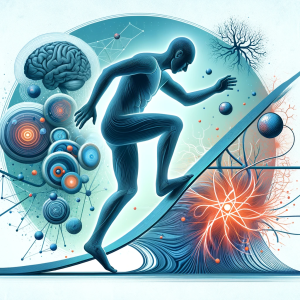Introduction
Alice in Wonderland Syndrome (AIWS), also known as Todd’s Syndrome, is a rare and fascinating neurological condition. It involves perceptual distortions, similar to those experienced by the character Alice in Lewis Carroll’s famous novel. Patients with AIWS perceive objects as much smaller (micropsia) or larger (macropsia) than they actually are, and may also experience altered perceptions of time and their own body image. This article delves into the clinical aspects, potential causes, diagnostic challenges, and management of AIWS.
Clinical Presentation
AIWS is primarily characterized by transient episodes of visual distortions, including micropsia, macropsia, pelopsia (objects appearing closer), and teleopsia (objects appearing farther). Patients may also report altered sense of time and somesthetic disturbances, such as feeling larger or smaller than their actual size. These episodes can be disorienting and frightening, particularly in children, who are more commonly affected.
Etiology and Pathogenesis
The exact cause of AIWS is not well understood, but it is often associated with migraines, epilepsy, and infectious mononucleosis. Some researchers suggest that these conditions might disrupt the function of the brain areas responsible for processing visual perception and size estimation. There is also speculation about the role of abnormal electrical activity or changes in cerebral blood flow in these regions.
Diagnosis
Diagnosing AIWS can be challenging due to its rarity and the subjective nature of symptoms. It often involves a thorough neurological examination and medical history. Neuroimaging studies, like MRI or EEG, may be conducted to rule out other conditions. A detailed assessment for associated disorders such as migraines or epilepsy is also crucial.
Treatment and Management
There is no specific treatment for AIWS, and management primarily focuses on treating any underlying conditions. For patients with migraines, appropriate migraine management can reduce the frequency of AIWS episodes. Counseling and education about the condition are important, particularly for children, to alleviate anxiety related to the perceptual disturbances.
Conclusion
Alice in Wonderland Syndrome remains a mysterious and intriguing neurological phenomenon. Its episodic nature and bizarre symptoms can be unsettling for patients and challenging for clinicians. A better understanding of the underlying mechanisms and associated conditions is essential for developing effective management strategies and providing reassurance to those experiencing this unusual syndrome.

